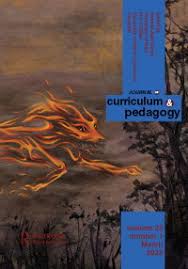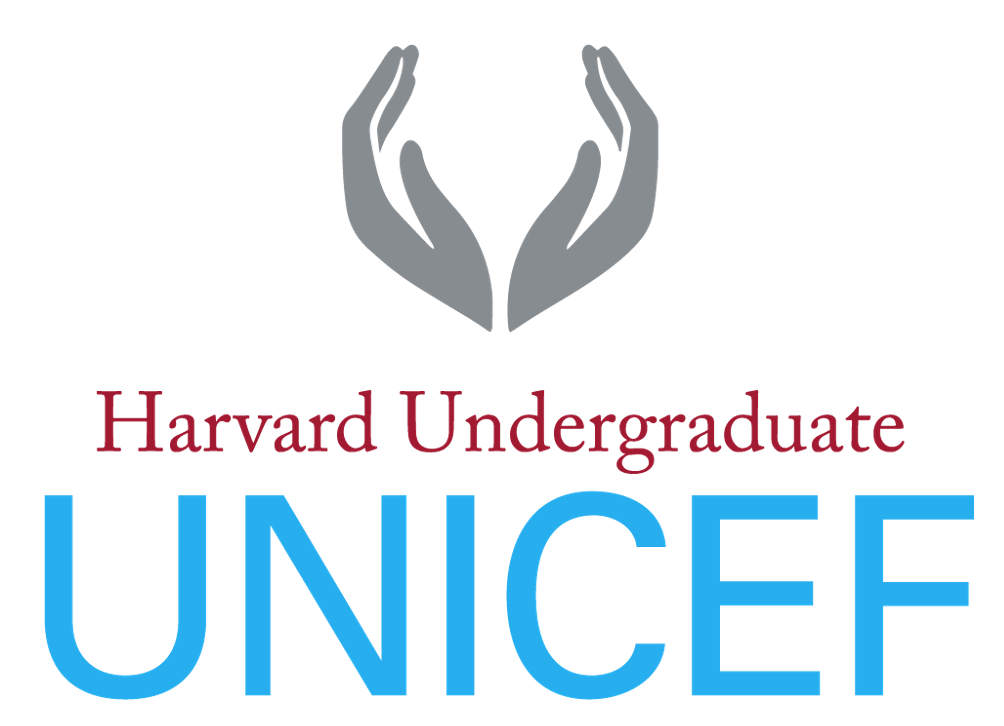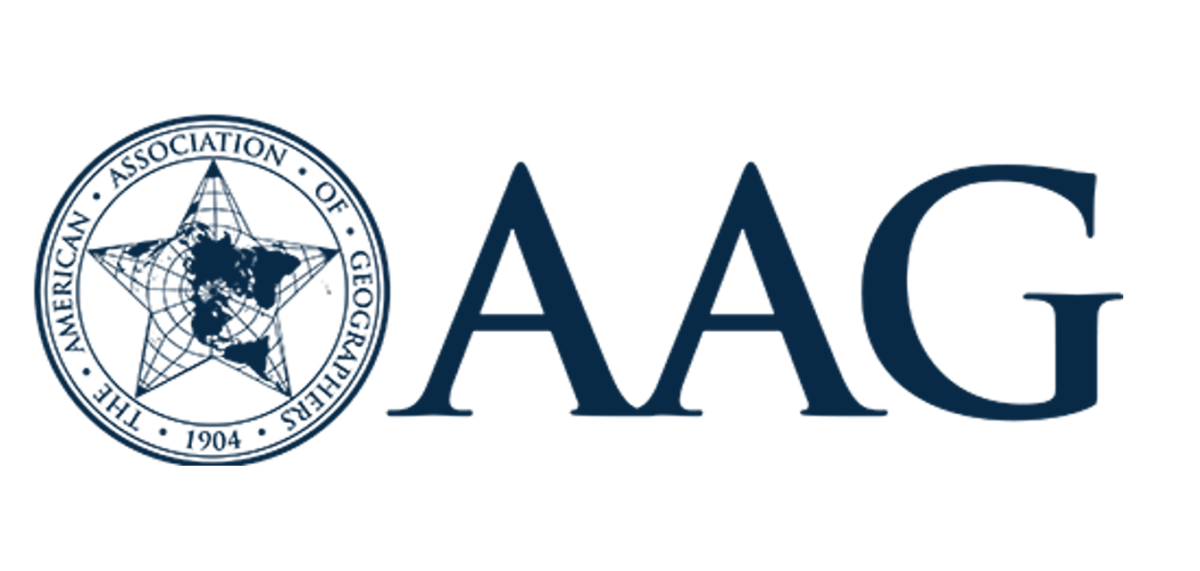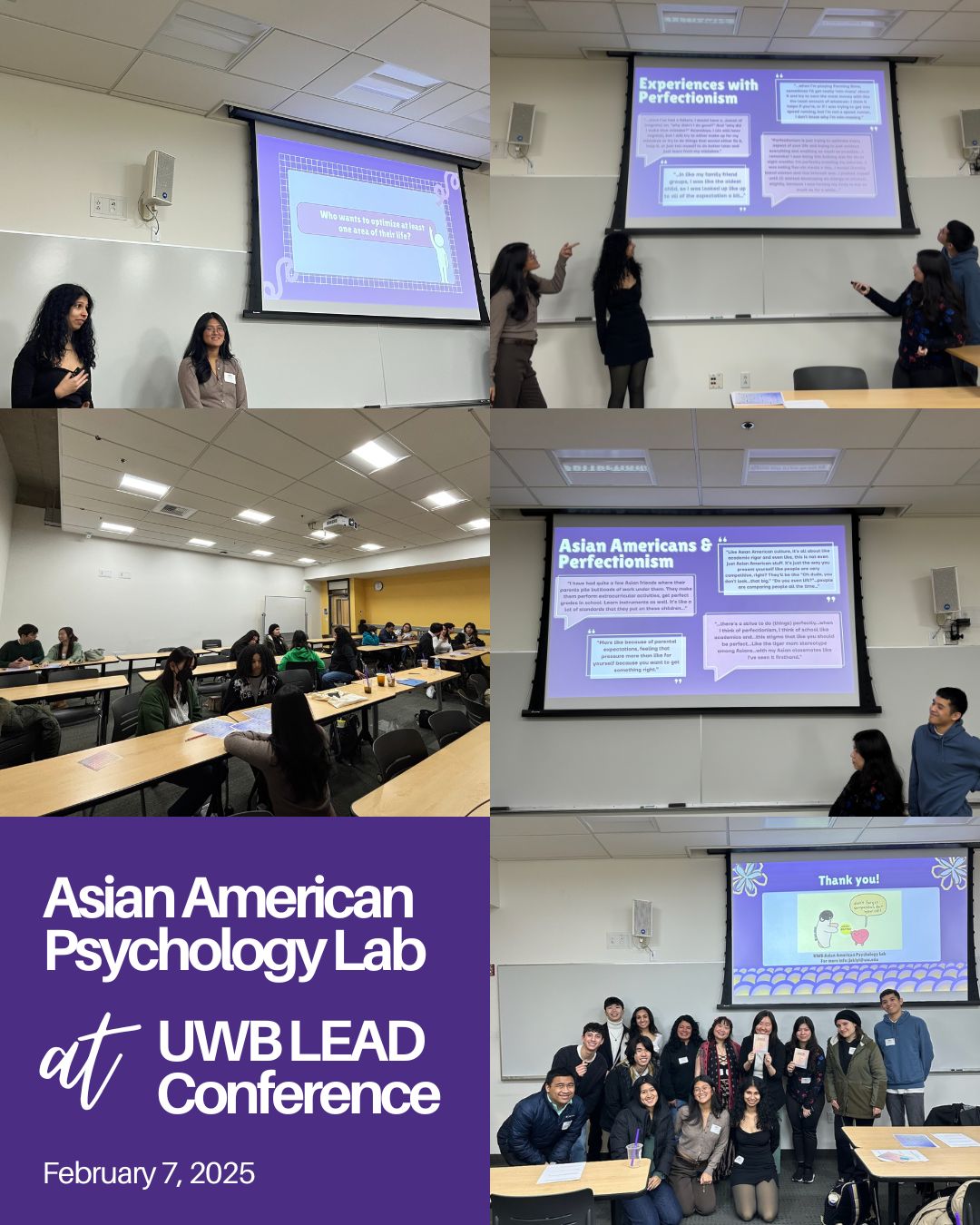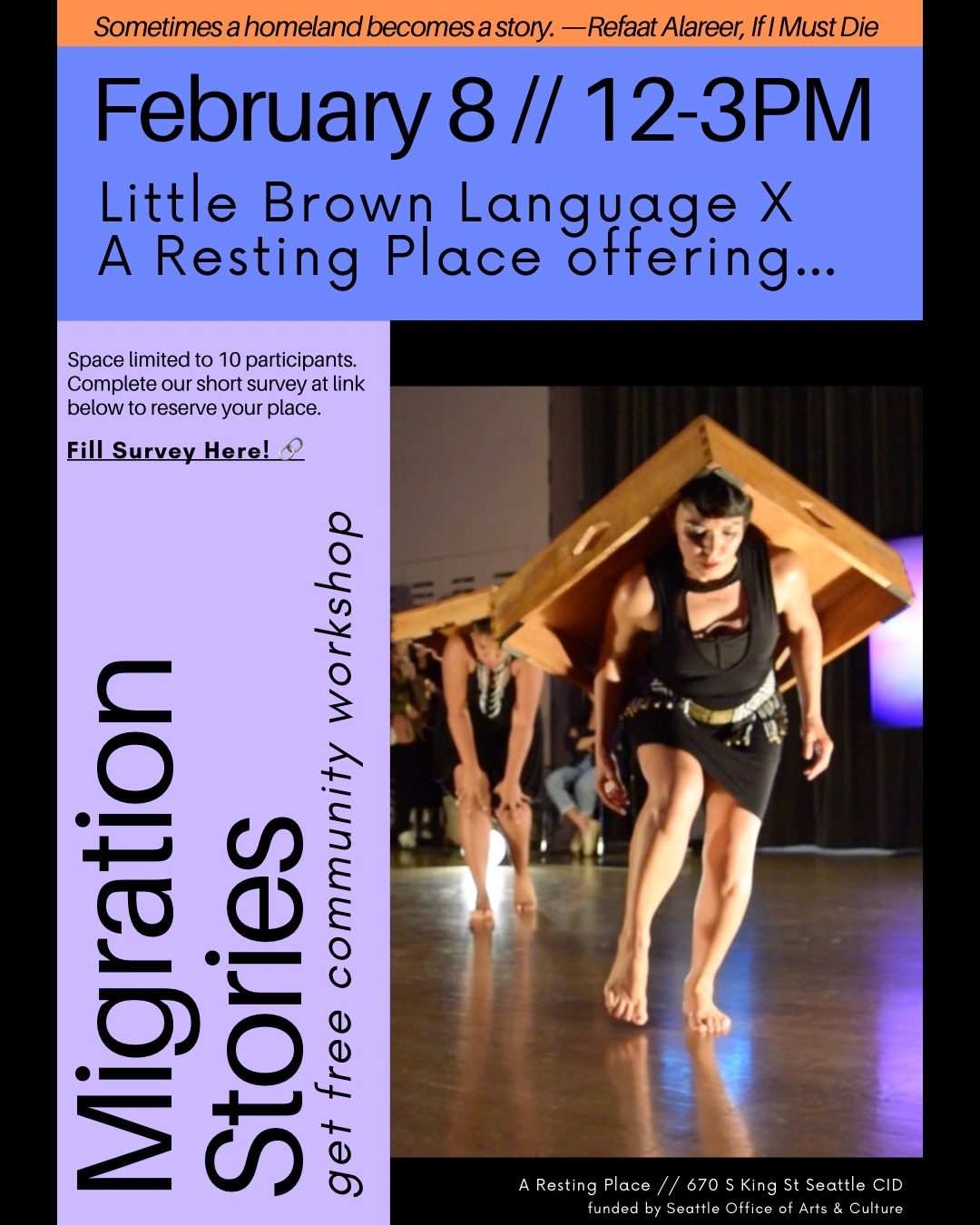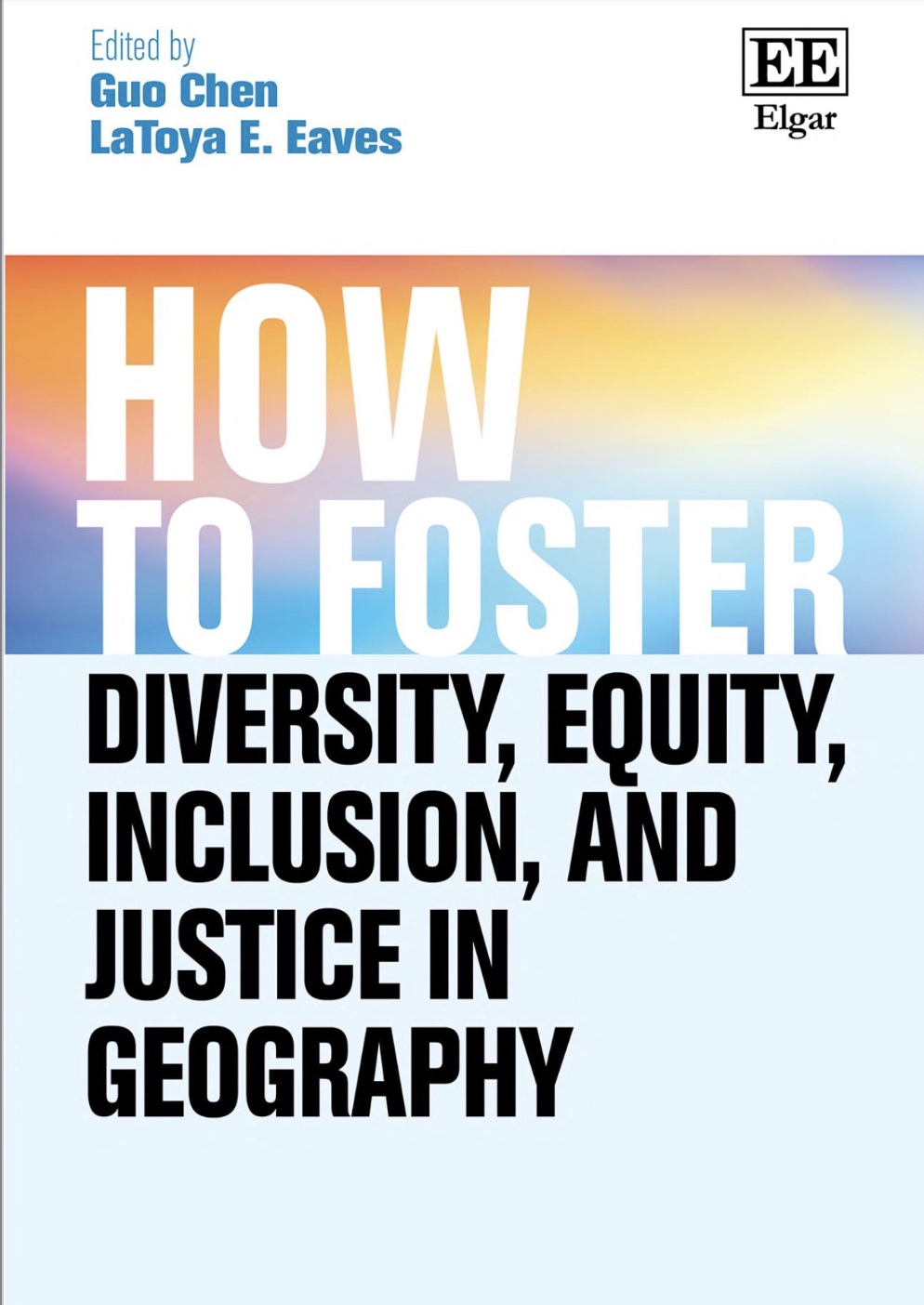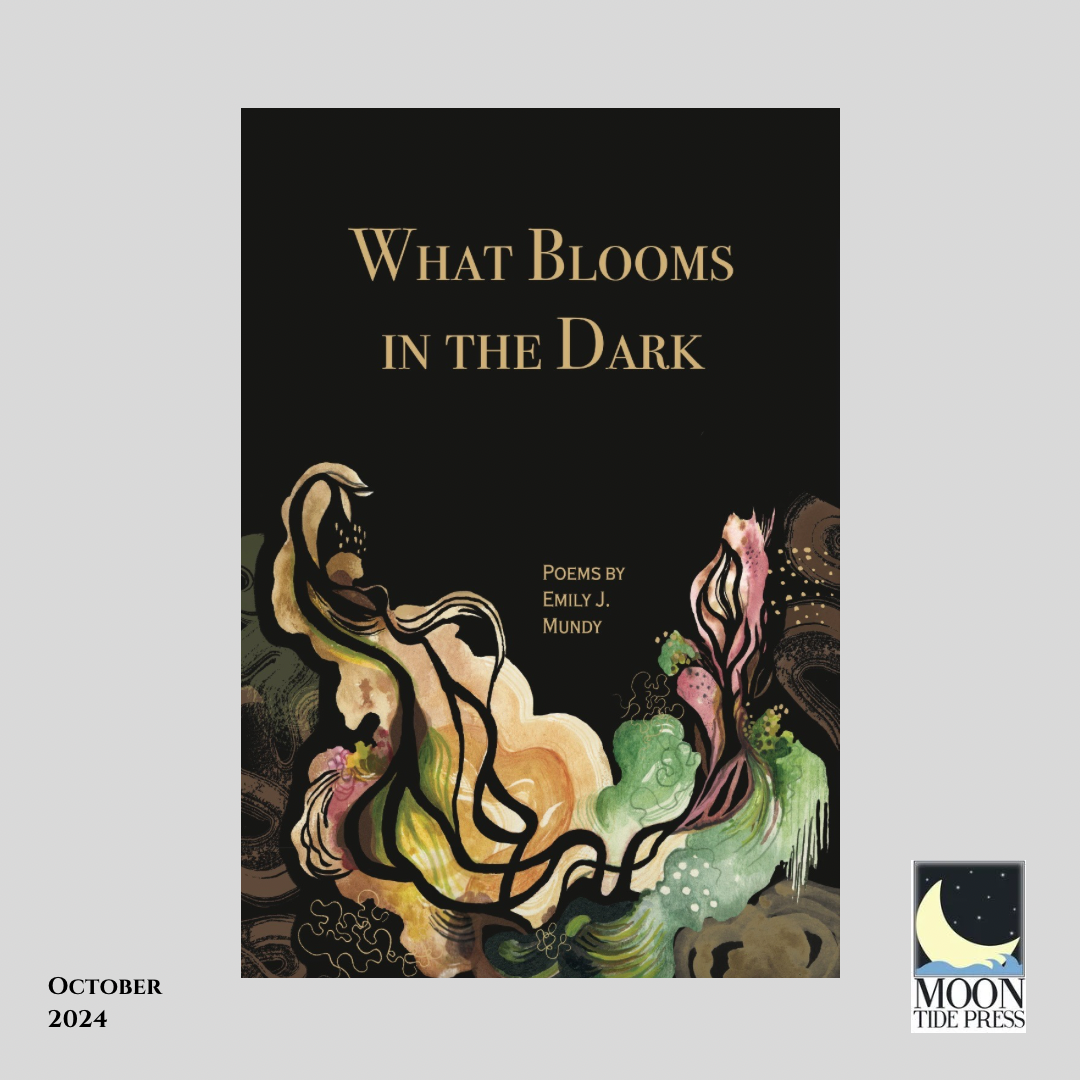News from the School of IAS
Kari Lerum publishes article on critical autoethnography
Faculty member Kari Lerum recently published an article in the Journal of Curriculum and Pedagogy, entitled “Layer it like lasagna: Critical, creative, & courageous autoethnography.” While autoethnography has become increasingly popular as a method of research as well as pedagogy, this article contributes to a gap of publications on how to both produce and teach...
April 30, 2025
Julie Shayne’s students recognized in Columbia magazine
Students in Julie Shayne’s “Rad Womxn in the Global South” (BIS 227) class collectively produce a digital zine called Badass Womxn and Enbies in the Pacific Northwest. The project was featured in the Spring 2025 version of Columbia: The Magazine of Northwest History in their Exploring Women’s History Resources section. Joanna Rolanda, author of the...
April 2, 2025
Jennifer Atkinson Speaks to Harvard Undergraduates About Emotional Resilience and Climate Change
IAS faculty member Jennifer Atkinson spoke on a panel highlighting mental health and climate change hosted by Harvard University undergraduates and UNICEF. Their 2025 conference, Mental Health Among Post-Pandemic Youth, featured speakers highlighting issues of loneliness, climate change, media and mental health, and international development and humanitarian programming in the Global South. Atkinson discussed strategies...
April 2, 2025
Jennifer Atkinson Leads Climate Education Seminar for Association of American Geographers
Jennifer Atkinson shared strategies for coping with climate distress at both the Center for Climate Literacy (CCL) and the Association of American Geographers’ (AAG) Spring 2025 webinar, where she spoke about Teaching Climate and Environmental Justice. Atkinson featured resources and teaching strategies from her book The Existential Toolkit for Climate Justice Educators: How to Teach...
February 20, 2025
Asian American Psychology Lab led by Jaki Yi presents at UWB LEAD Conference
The Asian American Psychology Lab (led by IAS faculty member Jaki Yi and undergraduate research assistants Dish Madhavan, Nicholas Perez, Wing Hadrann, Jenivee Marie Sarmiento, and Danielle Garcia) presented their research and facilitated a workshop on perfectionism and self compassion at the UWB LEAD Conference on February 7, 2025. They presented their initial findings from...
February 20, 2025
IAS Faculty to lead Migration Stories Community Workshop
On February 8, Naomi Macalalad Bragin and Milvia Pacheco Salvatierra will co-facilitate the Migration Stories Community Workshop, a new partnership with Derek Dizon, founder and steward of A Resting Place grief and loss cultural resource center in Seattle’s Chinatown International District. The workshop focuses on migration as a form of separation and loss embedded deeply in...
February 6, 2025
Jin-Kyu Jung Published a Chapter in “How to Foster Diversity, Equity, Inclusion, and Justice in Geography”
Jin-Kyu Jung published a book chapter titled, “Evoking Critical and Creative Forms of Mapping/GIS for Digital and Health (In)Equity,” in the book on How to Foster Diversity, Equity, Inclusion, and Justice in Geography. The collected volume—edited by Guo Chen and LaToya Eaves—addresses the pressing challenges facing the Geography and related disciplines in understanding, engaging, and...
February 6, 2025
Brinda Sarathy Speaks with Oregon Public Broadcasting About Forestry Labor
IAS Dean Brinda Sarathy was featured in an article by Oregon Public Broadcasting where she spoke about forestry labor shifts from the 70s to 80s. The article, How Oregon’s forestry workforce has evolved over 50 years, examines the changes in the industry over the last 50 years. In particular, the identities and ideologies of the...
January 31, 2025
Professor Becca Price participating in the Provost’s Academy
Professor Becca Price has been selected to join a cohort of emerging leaders at UW in the Provost’s Academy. She will work with a mentor: Vice Provost of Academic & Student Affairs Phil Reid. Through this program, Professor Price will co-chair a working group with Assistant Dean of Undergraduate Academic Affairs Sean Gehrke to develop...
January 31, 2025
Blooming Beyond the MFA: Emily J. Mundy’s What Blooms in the Dark
Seattle-based poet, teacher, and literary series curator Emily J. Mundy has recently published her debut book of poems, What Blooms in the Dark, with Moon Tide Press (October 2024). Mundy is a graduate of the MFA in Creative Writing & Poetics program at UW Bothell. Tracing the poet’s journey of release, return, and rebirth, this...
January 31, 2025

